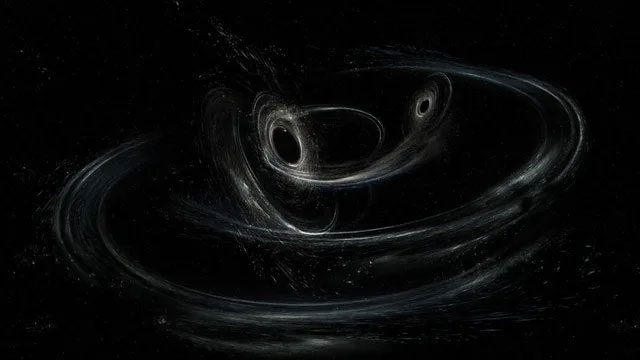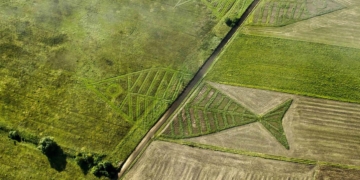From the two gravitational wave observatories LIGO (USA) and Virgo (Italy), scientists discovered a series of waves arriving in the vicinity of Earth on January 29, 2020.
During the observation of the merger event of two black holes, scientists uncovered the remarkable behavior of the resulting black hole. This celestial object was ejected at a speed of up to 698 km/s, or approximately 2.5 million km/h; the black hole was propelled at such high speed due to receiving energy from a “kick” reaching 18 million km/h.

The high-speed black hole can help unlock many new discoveries.
When two black holes collide, gravitational waves are formed, disturbing the fabric of spacetime. From the two gravitational wave observatories LIGO (USA) and Virgo (Italy), scientists detected a series of waves arriving in the vicinity of Earth on January 29, 2020.
This special wave detailed how the two black holes merged, while also revealing a unique effect produced when they collided. As they spiraled around each other, the fabric of spacetime wobbled like a top losing momentum.
According to astrophysicist Vijay Varma from the Max Planck Institute for Gravitational Physics (Germany), the merger of the two black holes can be compared to a gun that recoils after firing, with the gravitational waves acting as the bullet that vibrates through space. The gravitational waves travel in one direction, while the black hole formed after the merger moves in the opposite direction.
The high-speed black hole can help unlock many new discoveries. The LIGO and Virgo observatories have the ability to detect merger events of stellar-mass black holes, which form when a star explodes as a supernova and collapses into a black hole.
Scientists aim to determine whether black holes in a cluster continuously pair up to form massive black holes. However, it seems that when the final black hole is ejected at millions of kilometers per hour, the likelihood of pairing with another black hole in the same cluster significantly decreases.
According to astrophysicist Manuela Capanelli from the Rochester Institute of Technology, who was not involved in the research, such a high-speed kick is not surprising. Previously, Capanelli and colleagues had proposed a theory about the astronomical phenomenon described in the new report. “It is fascinating to have someone observe and measure what you predicted based on calculations,” the physicist stated.





















































